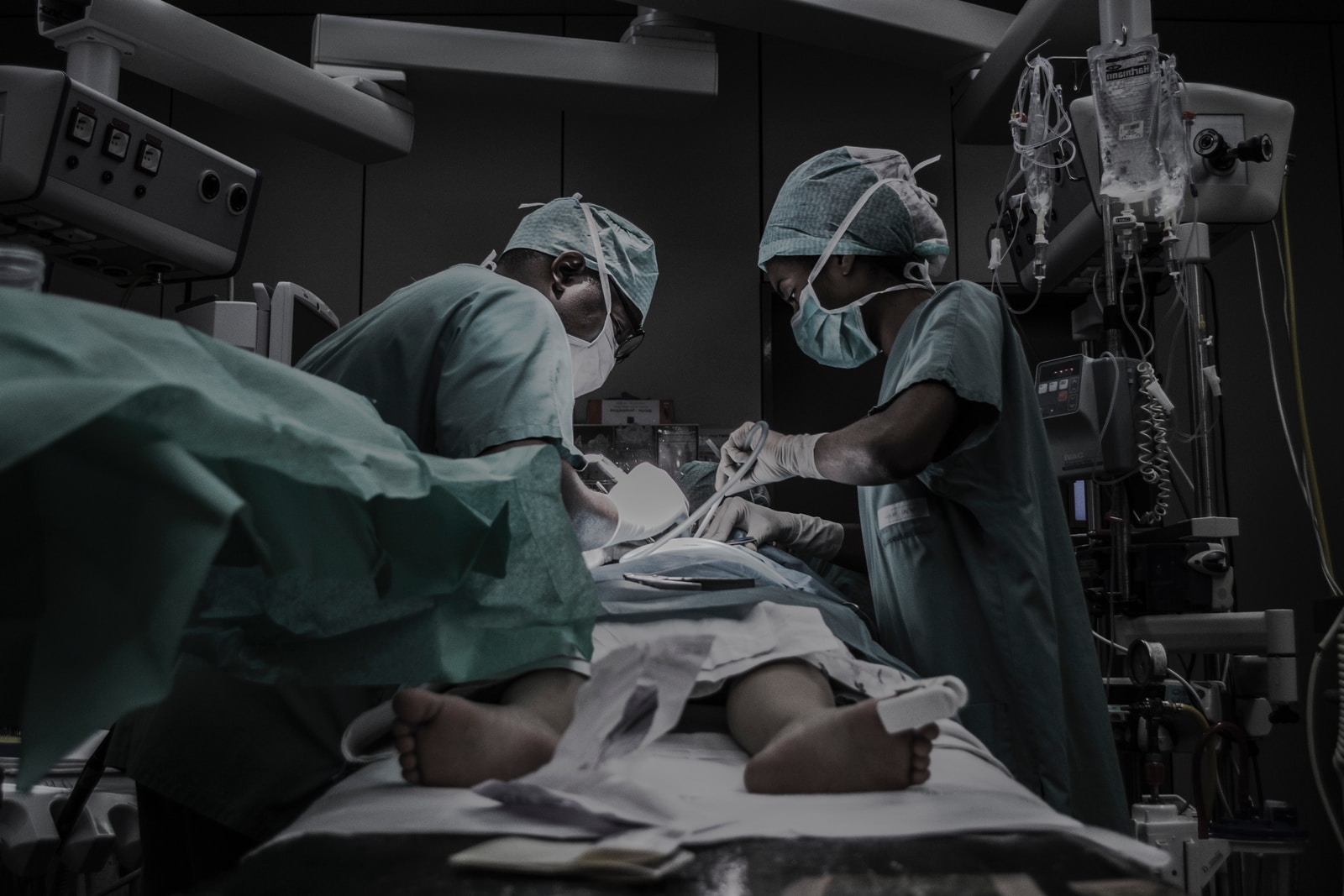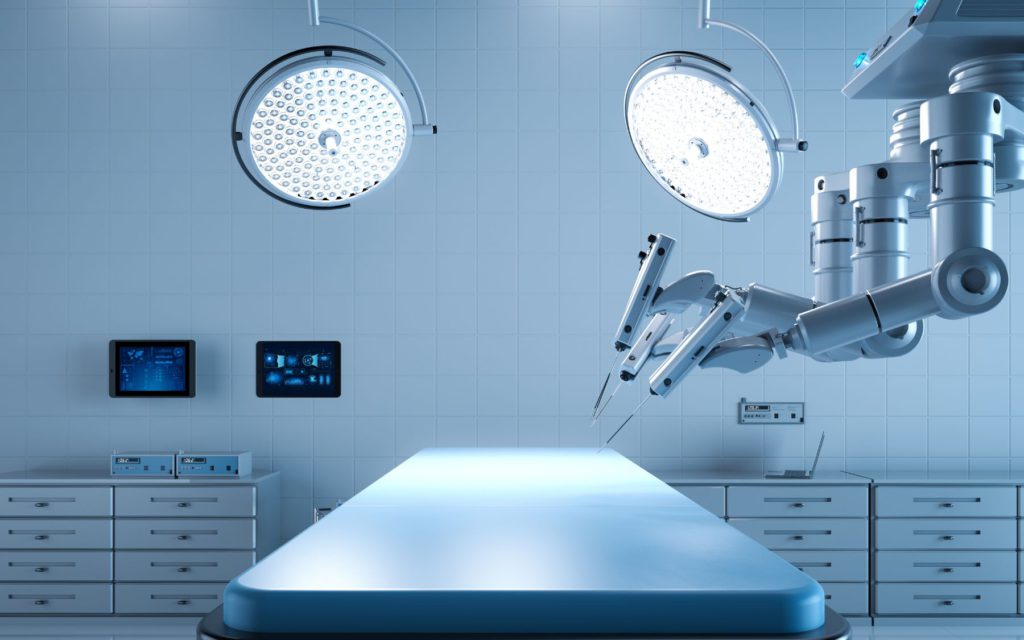Robotic prostatectomy is described as robot-assisted minimally invasive surgery to remove the prostate. This procedure utilises cutting edge surgical and robotic technologies that are well suited to delicate procedures, such as a prostatectomy. Access to the prostate can be challenging as it is not only in a tightly confined space but also surrounded by nerves which supply the bladder, urinary control and sexual function. The robotic approach can help the surgeon visualise vital structures and reduce the risk of damage to these nerves, as well as the structures that maintain continence.
https://youtu.be/0VGgDT-IzFs
https://youtu.be/-XRFe0nupM8
A robotic prostatectomy can be recommended by your surgeon following early diagnosis of prostate cancer. If you have prostate cancer that has not spread, then your doctor may recommend that you have a robotic prostatectomy, that will remove the whole prostate gland, therefore getting rid of the prostate cancer. Sometimes your surgeon will also recommend removing the pelvic lymph nodes, though this is not always necessary and depends on the type of cancer you have.
Robotic assisted radical prostatectomy is done through 5 or 6 small incisions (key hole surgery) rather than a large open incision that requires a number of stitches. This means recovery time and length of stay in hospital is much reduced. Although this procedure is described as robotic surgery, the surgeon is complete control at all times. The robot holds and manipulates the instruments inside the abdomen, the surgeon sits at a control console in the operating theatre and controls the robot.
This procedure is still done under general anaesthetic, meaning that the patient is not awake during the operation. Surgeons who perform robotic prostatectomies undergo very specialist training to become proficient in the use of the robot, including extensive computer simulation training, training courses and supervised cases observed by international experts. The robot assists the surgeon during the operation and offers outstanding control and precision, far greater than could be achieved by a person holding the instruments. The robot is made up of a patient unit, a vision stack and a surgeons console.
The patient unit– this machine has four arms; one has the camera on, while the others have surgical instruments on them. Each arm goes through its own small port to ensure that it is stable and needs only a small incision of about 1cm in diameter to enter the abdomen. These instruments can move 720 degrees within the abdomen and have more movement then the human wrist, meaning that they can reach areas that may otherwise be missed. A number of different instruments can be used, each with a specialist purpose to help the surgeon to do the operation.
The Vision Stack – connects to the camera, shining a bright light into the abdomen so the surgeon can see as well also having a large HDTV screen so the staff in theatre can see the operation. Important messages about the operation and the equipment are displayed on this screen during the operation.
The surgeons console– the surgeon sits at this console to control the robot. The console sits in the operating theatre though the surgeon does not have to physically stand by the patient to operate. The surgeon views inside the abdomen using a 3D High Definition camera system, with the view magnified by 10 – 12 times. There are controls to move each instrument on the surgeons console, with the surgeons hand movements mimicked by the instruments within the patients abdomen. Some of the potential benefits of robotic prostatectomy include:
- Less pain post-operatively
- Reduced blood loss
- Reduced complication rate
- Reduced scarring
- Shorter hospital stay
- Quicker recovery time- when comparing a robotic prostatectomy to other methods, it is clear to see that the recovery time is reduced by the smaller incision sizes. As the machines help the surgeon to be very precise with their movements and incisions, the recovery time is faster, particularly in regards to return to physical activity or sport.
Once the surgery is complete, the patient will be taken to the recovery ward where the anaesthetic will wear off. Your doctor and nurse will work with you to ensure that any pain is managed. Most patients will be able to go home to recovery the day after the operation, providing that the surgery and early recovery has gone well. A catheter, which is put in place during the surgery, will be left for around a week allowing the urethra to heal. You will need to return to the hospital to have this catheter removed, though this will be arranged before you are discharged after your operation.
Contact our team of prostate specialists here.
This article is intended to inform and give insight but not treat, diagnose or replace the advice of a doctor. Always seek medical advice with any questions regarding a medical condition.






0 Comments